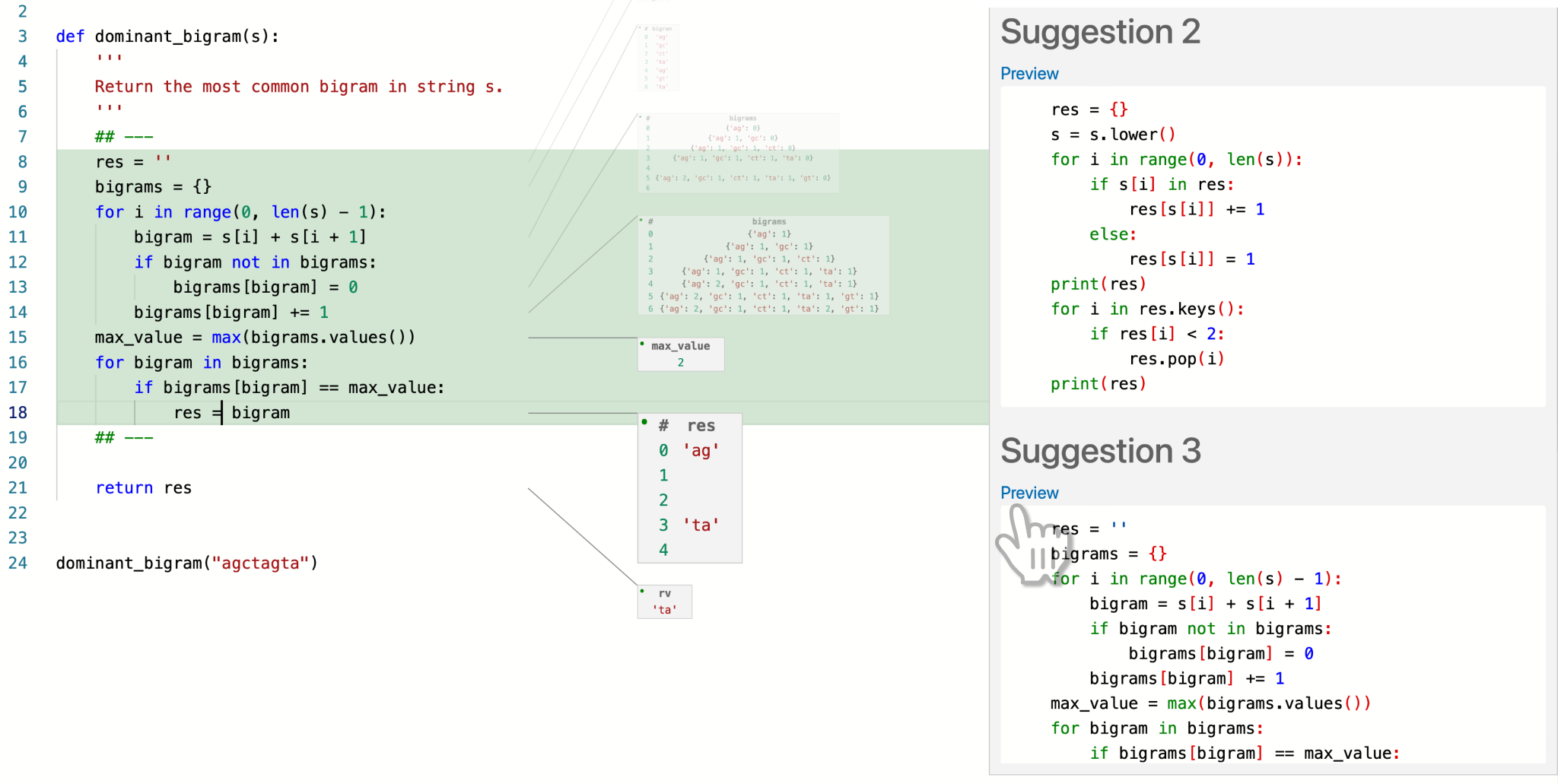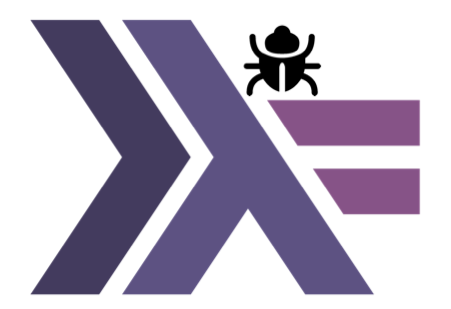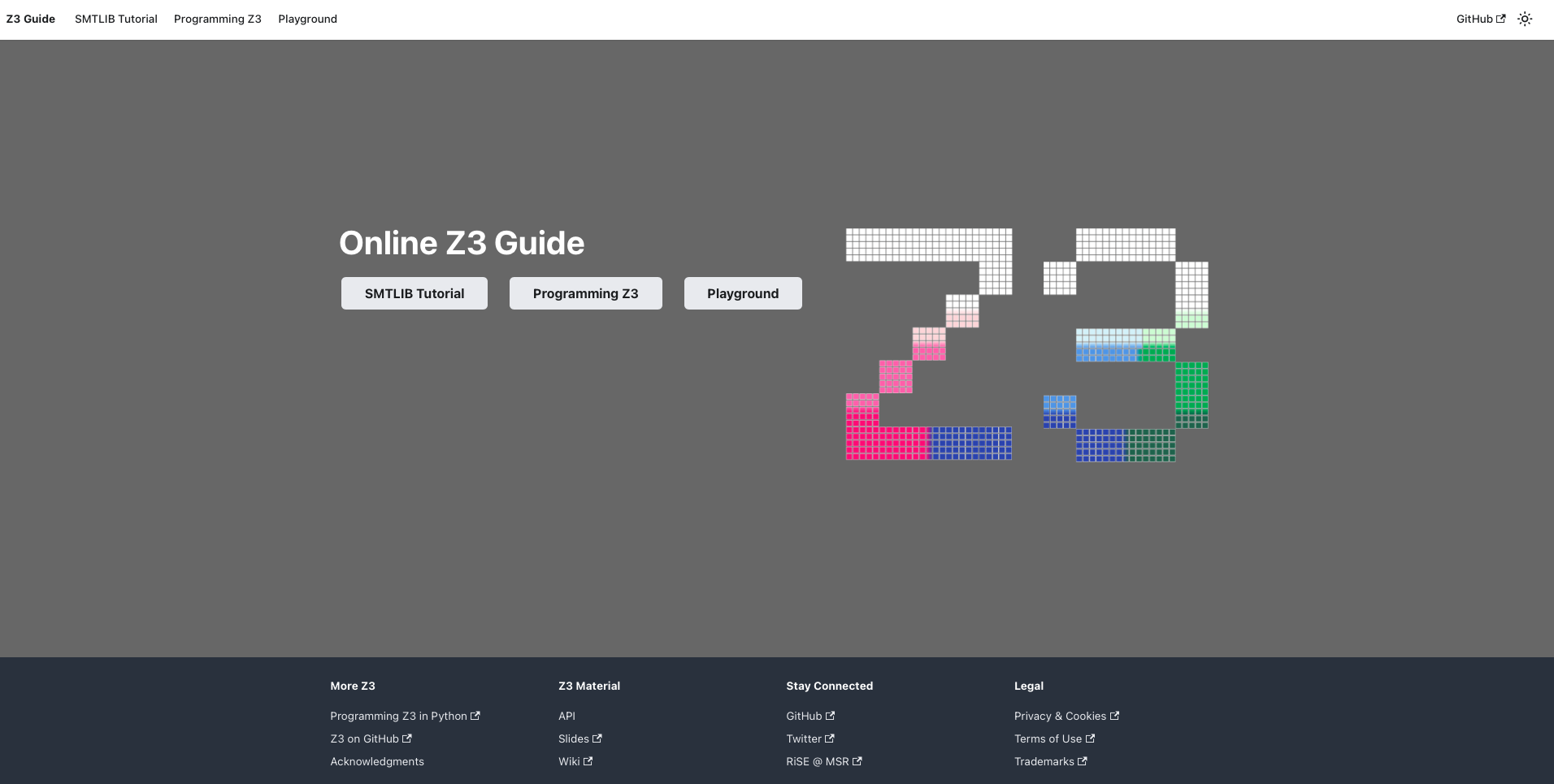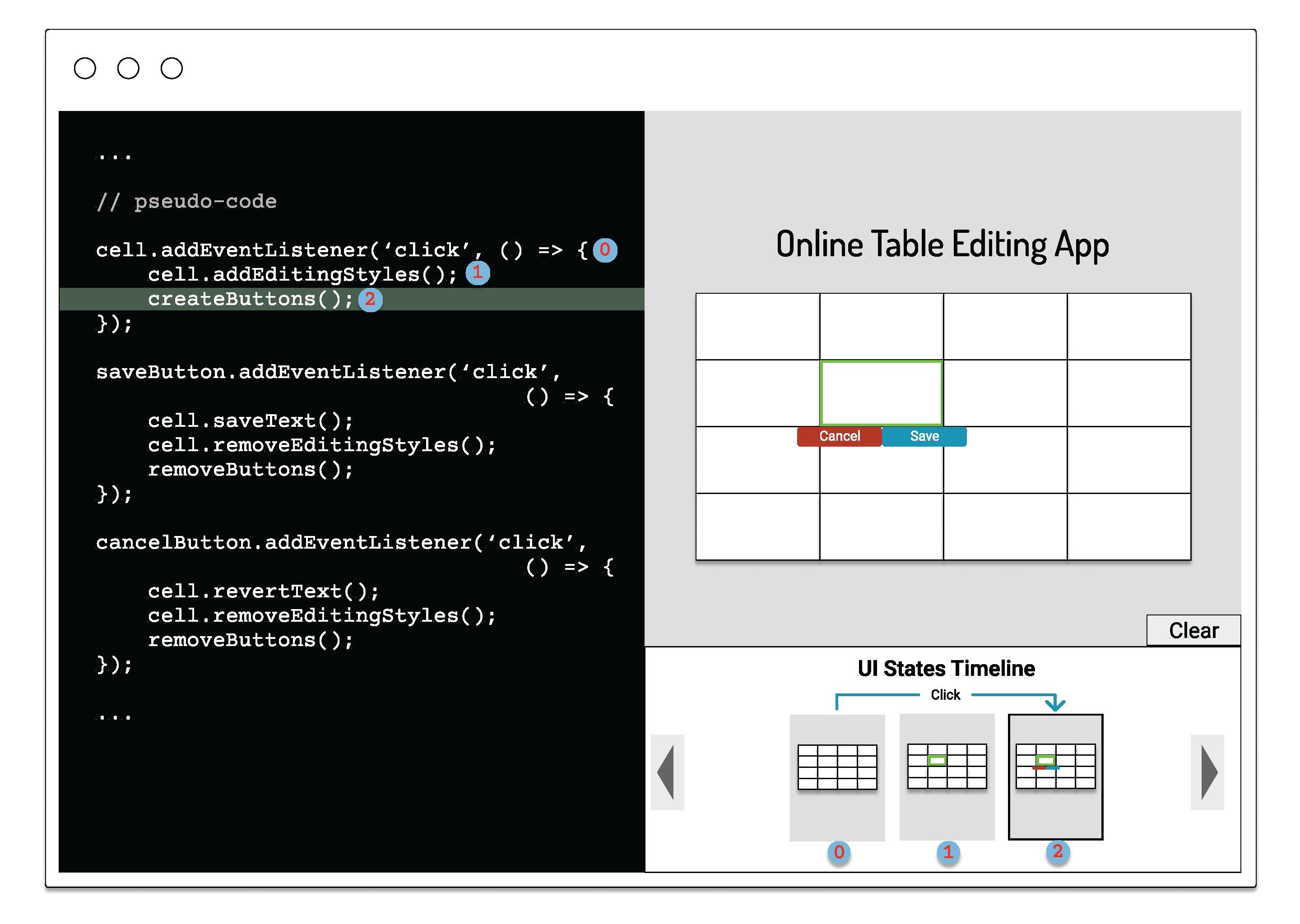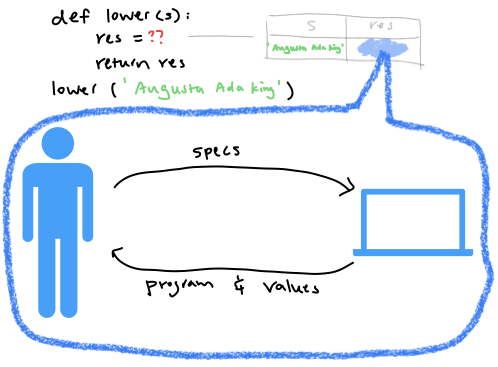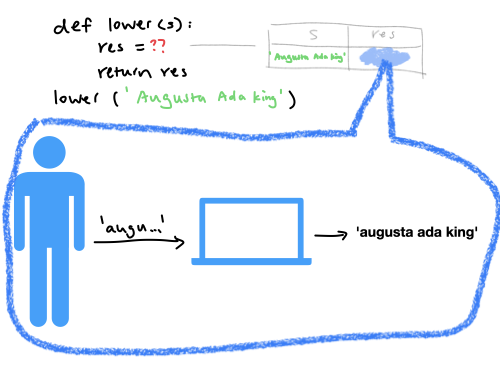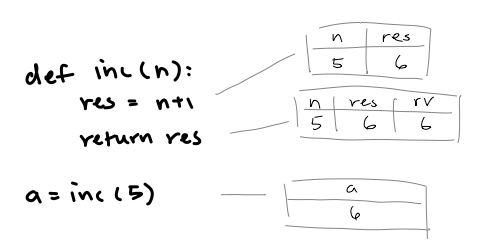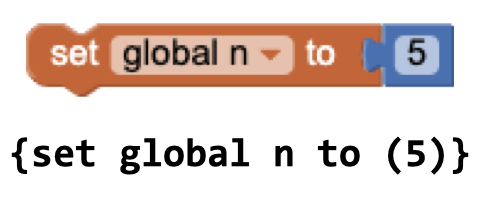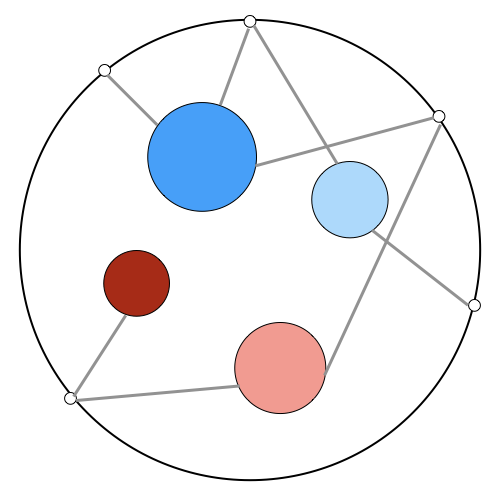Human-Centered Computational Notebooks (2024.1 - Present)
Computational notebooks such as Jupyter are widely used by programmers of all kinds. Despite complaints on the ease of creating messes in notebooks, possibly due to the out-of-order execution model and flat cell structure, Jupyter notebooks remain more popular than competitors. Why do computational notebooks still serve the needs of their users better than existing alternatives? What can we learn from notebook usage to build better systems that still comparatively support user workflows while alleviating existing problems? This project consists of gathering evidence of notebook use in realistic, day-to-day tasks through ethnographies and designing prototype systems grounded in the collected evidence.

